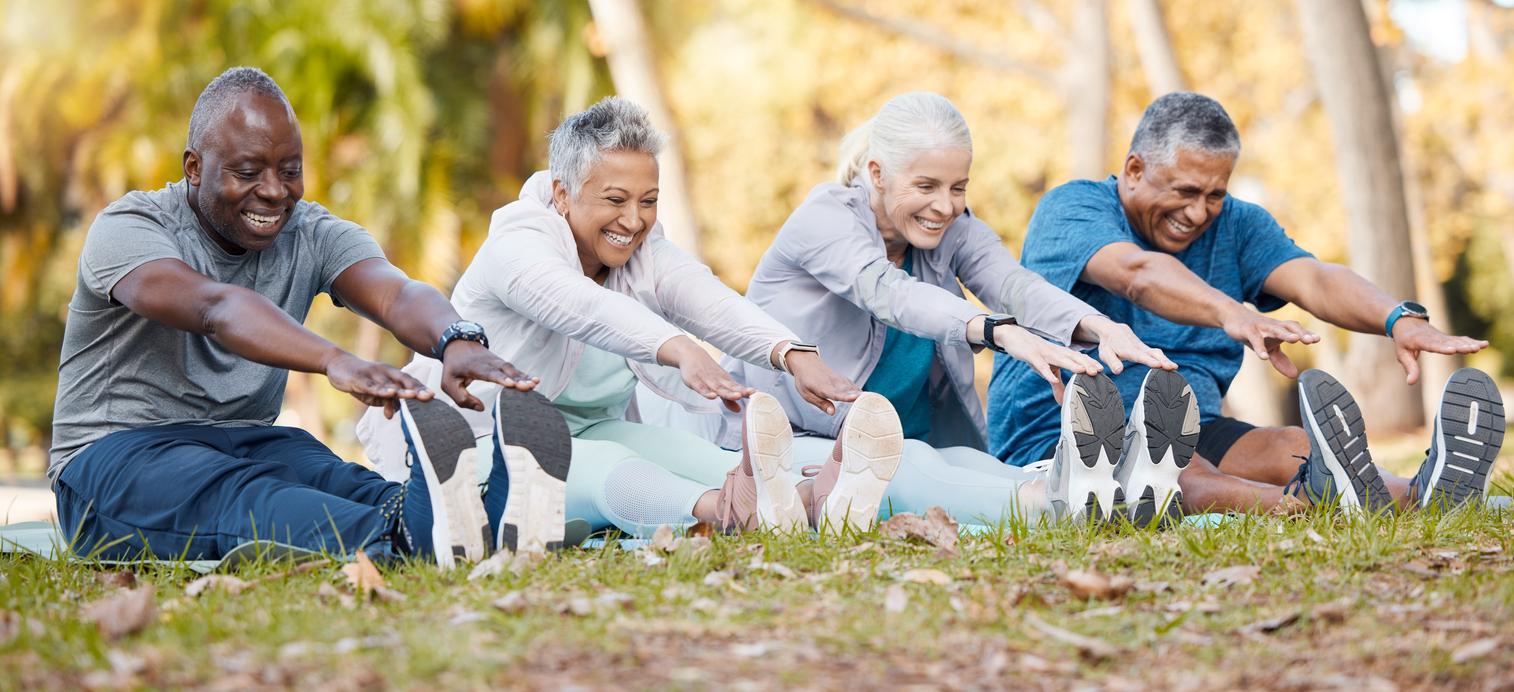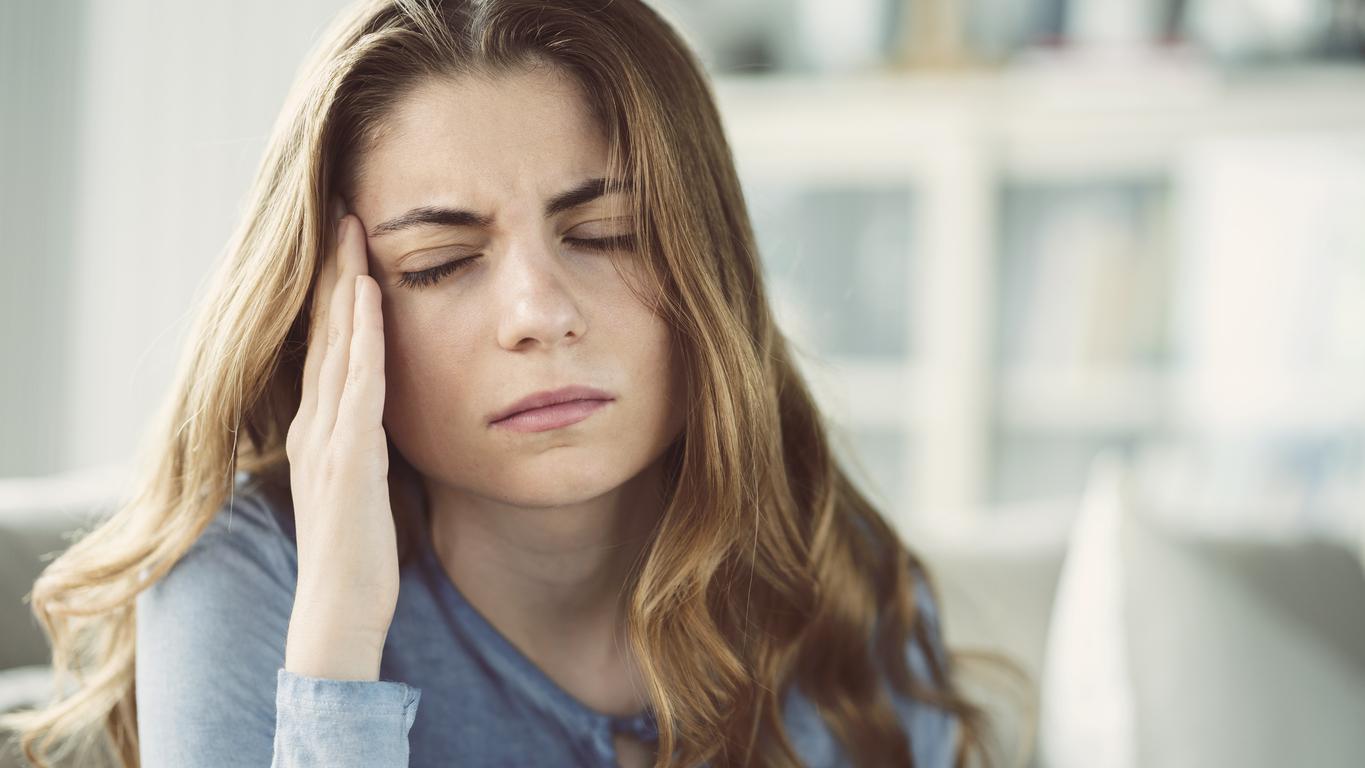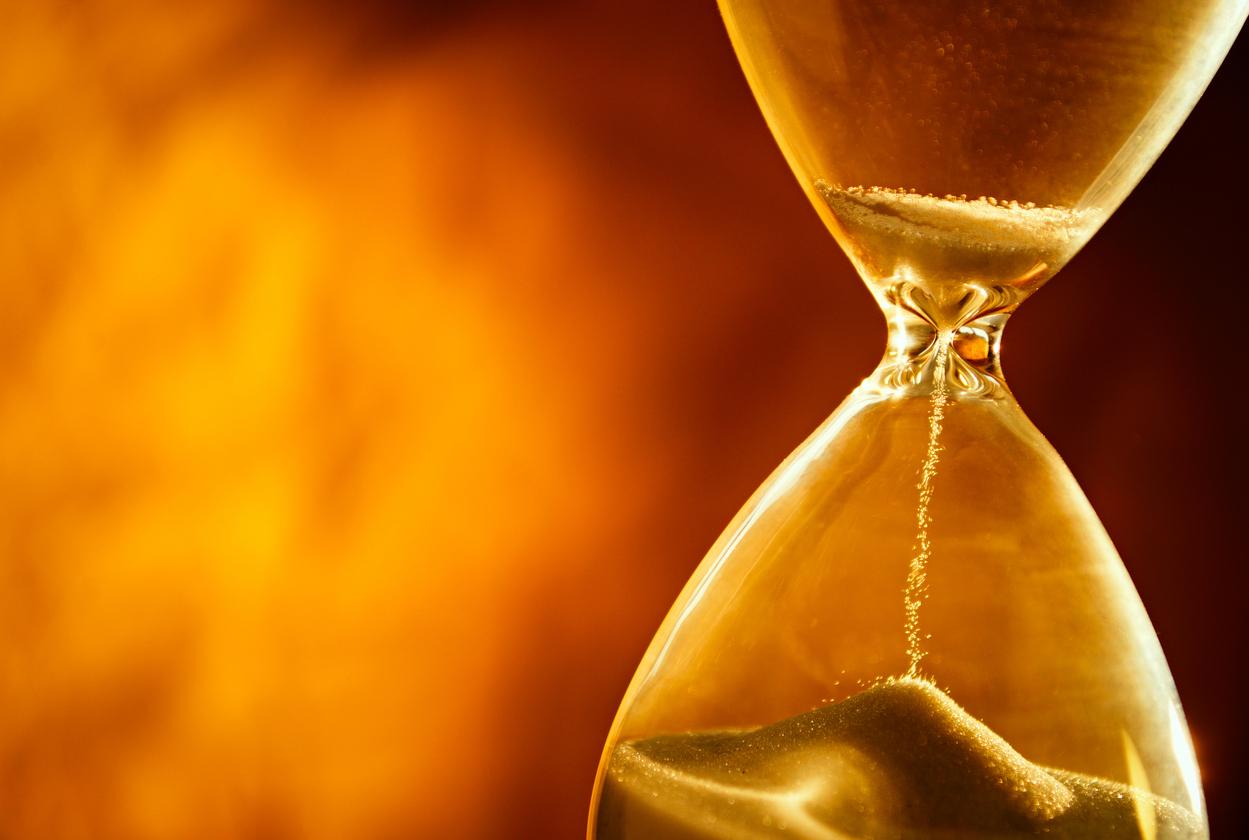Healthy life expectancy at age 65 is 11.8 years for women and 10.2 years for men.

- At age 65, women can expect to live another 11.8 years in good health.
- Men at age 65 have a “disability-free” life expectancy of 10.2 years.
- Since 2008, healthy life expectancy has increased by one year and nine months for women and by one year and six months for men.
At 65, healthy life expectancy for women is 11.8 years and 10.2 years for men, according to a study published on December 22 by the Directorate of Research, Studies, Evaluation and Statistics (Drees).
Healthy life expectancy has increased by more than a year since 2008
Healthy life expectancy, also called disability-free life expectancy, is the number of years a person can expect to live without being limited in the activities of daily living. It is therefore different from life expectancy, which is the number of years a person can expect to live, whether in good or poor health.
“Life expectancy at birth is increasing regularly, even if it was affected by the Covid-19 epidemic and has not yet returned to its 2019 value, before the epidemic, can we read in the study. But not all of these additional years of life are necessarily lived in good health.”
In 2021, healthy life expectancy was a little higher: 12.6 years for women and 11.3 years for men. But, despite this slight decline, the trend is rather upward. In fact, since 2008, it has increased by one year and nine months for women and by one year and six months for men.
In Europe, “France ranks third for disability-free life expectancy” for women
“In 2021, France ranks fourth in the European Union out of 27 for disability-free life expectancy for men at age 65, i.e. 1 year and 10 months above the European average, explains Dress. It ranks third for women with an indicator 2 years and 8 months higher than the European average.”
Between 2005 and 2022, life expectancy at birth increased from 83.8 to 85.2 years (an increase of 1.4 years) for women and from 76.7 to 79.3 years (an increase of an increase of 2.6 years) for men, according to the National Institute of Statistics and Economic Studies (INSEE).

















